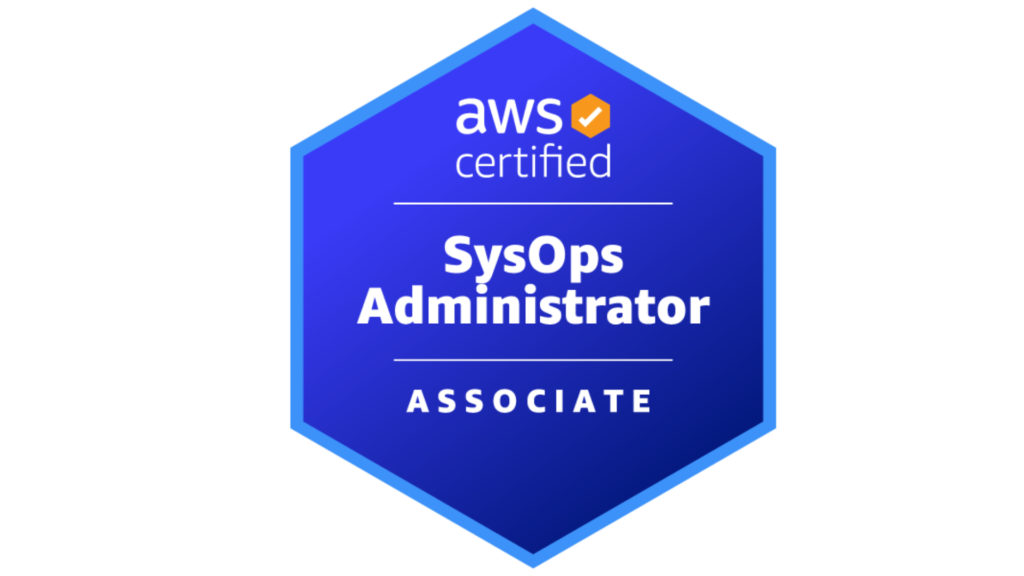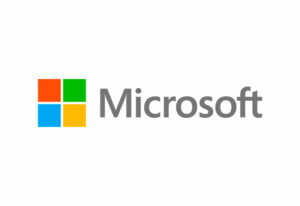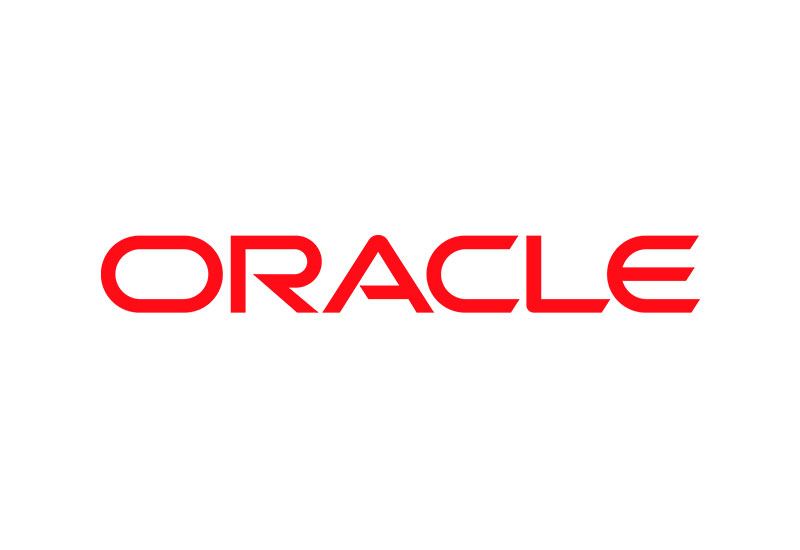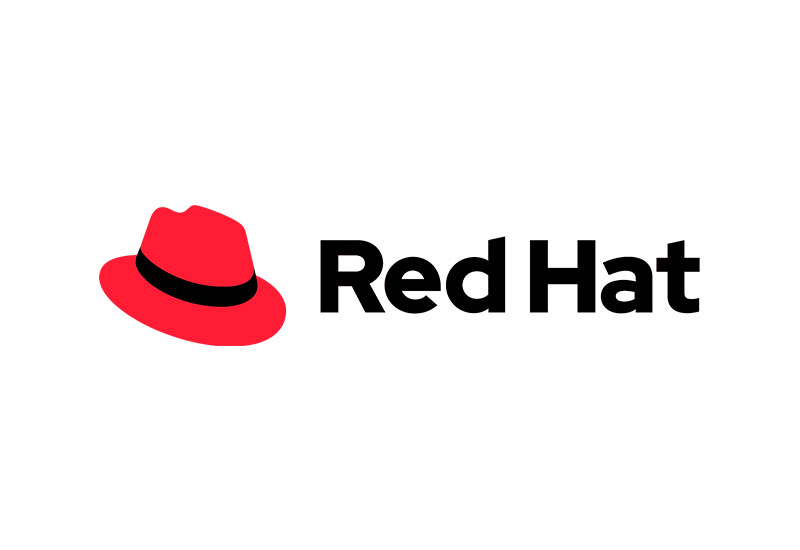Course SOA-C02 AWS Solutions SysOps Associate
Technology provider: AWS
Exam: SOA-C02

Objectives
- Use standard AWS infrastructure features such as Amazon Virtual Private Cloud (VPC), Amazon Elastic Compute Cloud (EC2), Elastic Load Balancing, and Auto Scaling from the command line.
- Use AWS CloudFormation and other automation technologies to produce stacks of AWS resources that can be deployed in an automated and repeatable way.
- Create virtual private networks that work with Amazon VPC from scratch using the AWS Management Console
- Deploy Amazon EC2 instances using command line calls and troubleshoot common instance issues
- Monitor the health of Amazon EC2 instances and other AWS services
- Manage user identity, AWS permissions, and cloud security
- Manage resource consumption in an AWS account using tools like Amazon CloudWatch, tagging, and Trusted Advisor.
- Select and implement the best strategy for creating reusable Amazon EC2 instances
- Set up a set of Amazon EC2 instances that start up behind a load balancer, with the system scaling up and down in response to demand.
- Edit and Troubleshoot a Basic AWS CloudFormation Stack Definition
Audience profile
- System administrators
- Software developers, especially those in a Developer Operations (DevOps) role
Prerequisites
- AWS Technical Basics
- Knowledge of software development or system administration.
- keep operating systems on the command line
- Basic knowledge of network protocols (TCP/IP, HTTP)
Intensity and Schedules
- Live virtual training.
- With an intensity of 32 hours, the training is given 3 times a week from 6:30 pm to 9:30 pm Colombia time
Module 1: EC2 instance management.
lessons
- EC2 Overview.
- Launch and configuration instances.
- Instance monitoring.
- Instance error checking and handling.
- Placement groups.
Laboratory 1 : Billing Alarm configuration.
Laboratory 2 : Launch and configuration of instances.
Laboratory 3 : monitoring and checking of instances.
Module 2: AMI Amazon Machine Image.
Lesson 1: Predefined and custom AMIs.
Laboratory 1 : Launch instance from AMI by default.
Lab 2 : Build custom AMI and launch instance.
Module 3: EC2 SSM & OpsWorks.
Lessons:
- SSM Overview
- SSM Agent for EC2.
- Tags and Resource groups.
- SSM Run Commands and Automation.
- Parameter store.
- Inventory.
- SSM Patchmanager.
- SSM Session Manager.
- OpsWork Overview
Lab 1 : Configure and access instance by SSM Session Manager.
Module 4: EC2 High availability and scaling.
Lessons:
- Elastic load balancing Overview.
- Classic load balancer and Application load balancer.
- Network load balancer.
- Gateway load balancer.
- ELB Sticky Sessions and Cross zone load balancing.
- ELB – SSL certificates.
- ELB Connections Draining.
- ELB Monitoring, error handling and logs.
- ELB Target groups and rules.
- Auto-scaling and monitoring groups.
Laboratory 1 : APPELB configuration.
Laboratory 2: Autoscaling group configuration.
Laboratory 3: Configuration of scaling rules.
Module 5: EC2 Beanstalk.
Lesson 1 : Beanstalk overview
Module 6: Cloud formation.
Lessons:
- Cloud formation overview
- JSON vs. YAML.
- Create, update and delete a stack.
- Template Cloudformation sections (Resources, Parameters, Mapping, Outputs and Conditions).
- Template Cloud formation intrinsic functions.
- Cloud formation user data.
- Cloudformation cfn-init, cfn-signal and wait conditions.
- Nested stacks.
- Cloudformation changeSets and drift.
- CloudformationDeletionPolicy and TerminationProtection.
- CloudformationDependsOn.
- Cloud formation ASG.
- Cloudformation Stack and StackSets.
Laboratory 1 : Create, update and delete stack
Module 7: EC2 Storage (EBS and EFS).
Lessons:
- EBS overview.
- EC2 Instance Store.
- EBS types Deep dive.
- EBS management and encryption.
- EBS snapshots.
- SAI overview.
- SAI vs EBS.
- Storage monitoring.
Laboratory 1 : Management, snapshots and EBS restoration.
Module 8: S3 Fundamentals and Management.
Lessons:
- S3 Overview
- S3 Versioning and consistency model.
- S3 Vault lock.
- S3 Security and S3 bucket policies.
- S3 Websites and CORS.
- S3 MFA Delete.
- S3 Access Logs.
- S3 Replication.
- S3 Presigned URLs.
- S3 Types of storage and life cycles.
- S3Analytics.
- Athena.
- S3 access points.
- VPC Endpoints.
- S3 Multipart upload.
Laboratory 1: S3 bucket management.
Laboratory 2: Configuration of life cycle rules.
Module 9: Advanced Storage
Lessons:
- Snow Family
- StorageGateway.
- FSx.
Module 10: Cloudfront
Lessons:
- Cloud Front Overview.
- Cloudfront – S3 – ALB.
- Cloudfront monitoring.
Module 11: RDS
Lessons:
- RDS Overview.
- RDS Multi AZ vs read replicas.
- RDS Failover scenarios.
- RDS Security and encryption.
- RDS-Proxy.
- RDS Parameters group.
- RDS Backups.
- RDS Monitoring, events and logs.
- RDS Performance insights.
- Aurora overview.
- Aurora backups.
- Elastic cache overview (Redis and Memcache).
Module 12: Monitoring, auditing and performance.
Lessons:
- Cloudwatch Metrics, custom metrics and logs.
- Cloudwatch alarms.
- Cloudwatch events and Eventbridge.
- Service Quotas Overview.
- Cloud Trail Overview.
- ConfigOverview.
- Cloudwatch Vs Cloud Trail Vs Config.
Laboratory 1: Dashboard configuration, alarms and events in cloudwatch.
Module 13: Manage AWS accounts
Lessons:
- AWS Status and Personal Health.
- AWS Organizations overview.
- AWS Control Tower.
- AWS Service Catalog.
- AWS Billing Alarms.
- AWS Budget and Cost Explorer.
- AWS Cost allocations tags and cost reports.
- AWS Compute Optimizer.
Lab 1: AWS Status and personal Health (event configuration).
Module 14: Datasync and backup
Lessons:
- AWS DataSync overview.
- AWS Backup overview.
Module 15: Security and compliance.
Lessons:
- AWS Shared Responsibility Model.
- AWS Shield and WAF Overview.
- Inspector Overview.
- Log Overview.
- Macie, Trusted Advisor, Guard Duty Overview.
- KMS Encryption and CloudHSM Overview.
- ACM AWS Certificate Manager Overview.
- Secret Manager Overview.
- Secret Manager vs. Parameter Store.
- AWS Artifact Overview.
Laboratory 1: Parameter store and Secret Manager configuration.
Module 16: Identity management.
Lessons:
- YO SOY.
- Cognito Federation and SAML.
- STS and access between accounts.
- Cognito identity pools and user pools.
- AWS SSO.
Module 17: Route 53.
Lessons:
- DNSOverview.
- Route 53 Overview.
- Create domain and DNS records.
- CNAMEs vs. Aliases.
- EC2 configuration Route 53.
- Route 53 routing policies I (simple, Weighted and Latency)
- Route 53 health check and routing policies II (Failover, Geolocation, Geoproximity and Multivalue).
- External domains and Route 53.
Module 18: VPC Networks.
Lessons:
- VPC and Subnets Overview.
- Private vs. Public IP.
- Internet Gateway, NAT Instnaces and NAT Gateway.
- Bastion hosts.
- Route 53 and private zone resolution.
- NACL and security groups.
- Reachability Analyzer.
- VPC Peering.
- VPC Endpoints.
- VPC Flow logs.
- AWS vs Onpremise connectivity (VPN Site to site, Direct Connect and Direct Connect Gateway).
- AWS PrivateLink.
- AWS Classic link.
- IPV6 for VPC and Egress only internet Gateway.
Laboratory 1: VPC configuration and subnets.
Lab 2: NACL and Security Groups configuration.
Module 19: Other services.
Lessons:
- OpenSearch (AWS Elastic search) Overview and Kibana.
- X ray.
Module 20: Preparation and programming exam certification.
Lesson 1: Exam Preparation.Lesson 2: Certification Exam Programming.
Certification Details
This credential helps organizations identify and develop talent with essential skills for implementing cloud initiatives. Earning the AWS Certified SysOps Administrator – Associate demonstrates experience deploying, managing, and operating workloads on AWS.












